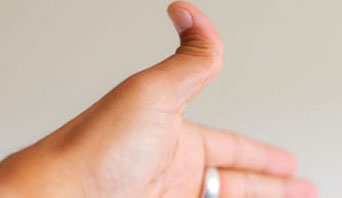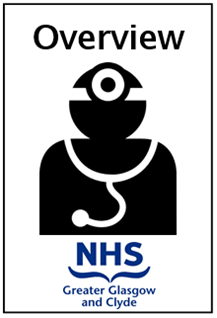Most children are very bendy compared to older people, as children get older their joints become less bendy. Hypermobility refers to an increased range of movement in multiple joints, for their age. It is extremely common in children, having being reported in 25 to 50% of those younger than 10 years of age. The older you are the less likely it is you will be hypermobile. It affects 7 – 10% of school age children in the UK. Hypermobility frequently runs in families. Most young people do not know they are hypermobile, you cannot catch hypermobility it’s just how you are made. It affects girls more than boys (Beighton 1973). The term Joint Hypermobility can describe a wide range of children with flexible joints. At one end of the range are children who are hypermobile and may benefit from their flexible joints. They may be able to use their hypermobility to excel in areas such as gymnastics, dance, swimming, athletics etc. Most children with hypermobile joints do not need support with everyday activities. At the other end of the scale are people who experience pain and their joints may dislocate.

